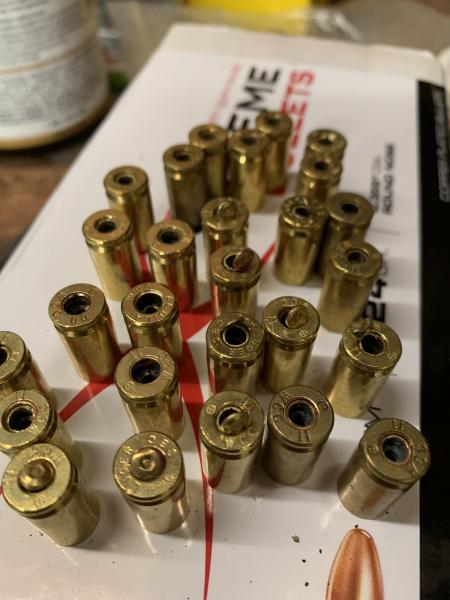So I have loaded up around two thousand rnds of 124 gr rn using Winchester small pistol primers. This is my normal primer that I have used for the last couple of years: 124 gr rn bullet over 3.9 gr Titegroup in mixed brass. Iíve been using this recipe since I developed the load and have never until the last K had the primers delaminate instead of pop out during the decapping step of reloading. Only 1 out of every 30 or so, but thatís still brass I have to trash. Basically the cup delaminates from the sidewalls of the primers where the decapping pin contacts it and the remaining cylinder stays seated in the pocket. Just wondering if anyone has ever seen this. Brass has multiple loadings, is from multiple manufacturers, and is wet tumbled. Nothing is different than the last multiple thousand loaded with the exception of a new case of primers.




 Reply With Quote
Reply With Quote




